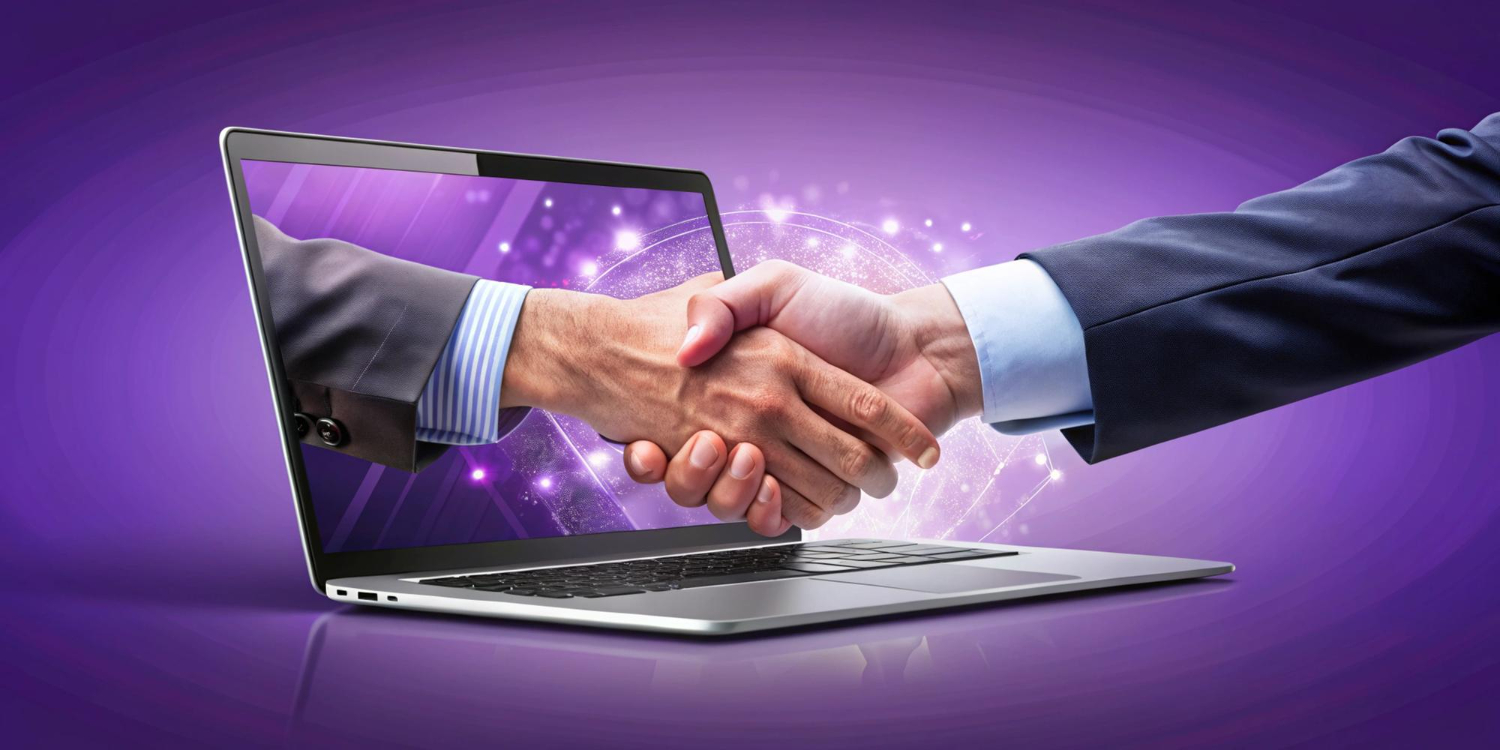Featured Blogs

16 July 2025 More Than Names: How Smart B2B Contact Database Providers Decode Buying Intent

16 July 2025 Precision Over Volume: How a B2B ABM Agency Delivers ROI from Strategic Accounts

15 July 2025 How B2B Digital Marketing Agencies Build Revenue-Driven Campaigns Across Funnels

09 July 2025 From Fragmented to Frictionless: How Sales Intelligence Unlocks 50% Faster Co-Sell Velocity for Channel Partners

09 July 2025 Beyond the MQL: Building a Lead Nurturing Strategy Focused Solely on Driving Sales Closure
Archives

16 July 2025 Precision Over Volume: How a B2B ABM Agency Delivers ROI from Strategic Accounts

15 July 2025 How B2B Digital Marketing Agencies Build Revenue-Driven Campaigns Across Funnels

09 July 2025 From Fragmented to Frictionless: How Sales Intelligence Unlocks 50% Faster Co-Sell Velocity for Channel Partners

09 July 2025 Beyond the MQL: Building a Lead Nurturing Strategy Focused Solely on Driving Sales Closure

04 July 2025 4 Ways a B2B Demand Gen Agency Uses Intent Data to Fuel Pipeline Growth

04 July 2025 From Data to Deals: The Evolution of B2B Lead Generation with Predictive Analytics

26 June 2025 How Smart B2B Database Providers Use Firmographics to Accelerate Targeting

23 June 2025 Beyond Firmographics: How Technographic & Intent Data Are Redefining Your Ideal Customer Profile

20 June 2025 5 Top of Funnel Marketing Tactics for More Quality Leads

20 June 2025 How APAC IT Sales Teams Are Winning Deals with Value-Based Demand Gen

11 June 2025 GTM Execution in APAC Cybersecurity: How Predictive Intelligence Drives Conversions and Cuts Sales Costs
Sign up for our Sales Blog newsletter
Partner With Us
Fuel your Sales Pipeline with Qualified Leads and Close More Deals at Scale





